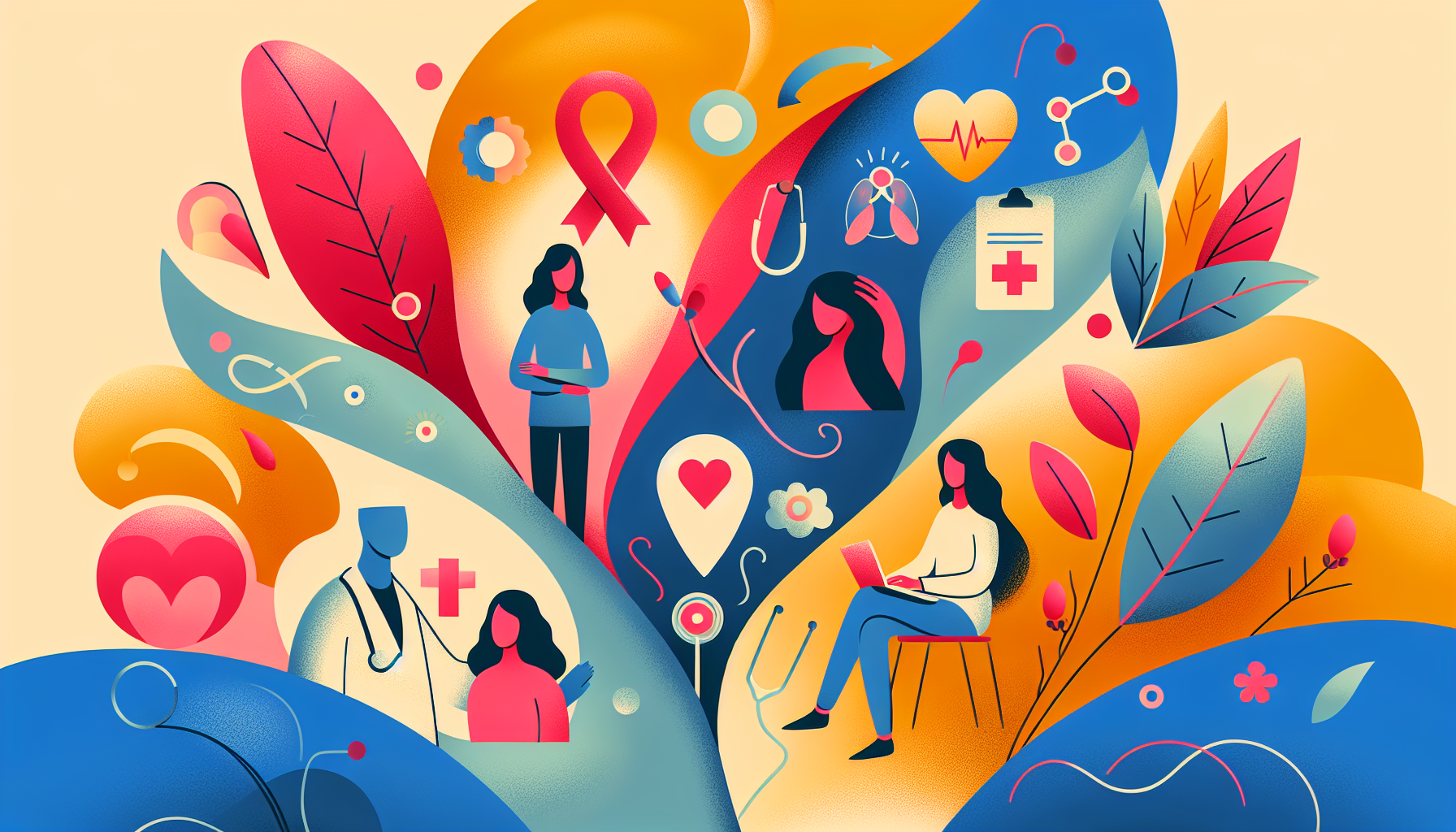Does Mounjaro Affect Fertility?
Understanding Mounjaro and Its UsesMounjaro is a prescription medication commonly prescribed for managing type 2 diabetes. It belongs to a class of drugs that help regulate [...]
Read More
Medically reviewed by Hugo Benalcazar, Northwestern University on June 24th, 2023.
Acquired lipodystrophy is a rare condition that affects the way your body uses and stores fat. Unlike congenital lipodystrophy, which is present at birth, acquired lipodystrophy develops later in life. This condition can cause changes in your appearance and lead to various health complications.
There are several types of acquired lipodystrophy, including:
Acquired generalized lipodystrophy (AGL) or Lawrence syndrome
Acquired partial lipodystrophy (APL) or Barraquer-Simons syndrome
Localized lipodystrophy
Lipodystrophy associated with HIV (LD-HIV)
The exact cause of acquired lipodystrophy is often unknown. However, some potential triggers include:
Infections, such as measles, pneumonia, or hepatitis
Autoimmune diseases, where the immune system attacks the body's own tissues
Repeated injections or pressure on the same area of the body
Injuries
In some cases, acquired lipodystrophy may be related to certain medications, such as those used to treat HIV.
The primary symptom of acquired lipodystrophy is the loss of body fat. The specific symptoms and affected areas depend on the type of lipodystrophy:
AGL: Fat loss occurs all over the body, including the face, arms, legs, palms, and soles of the feet. Affected individuals may appear muscular, with visible veins under the skin.
APL: Fat loss is limited to the upper body, typically starting in the face and progressing to the neck, arms, and chest.
Localized lipodystrophy: This type appears as dents or dimples in the skin, which may be tender or painful.

In addition to fat loss, acquired lipodystrophy can cause other symptoms, such as:
Increased appetite and rapid growth in children with AGL
Irregular menstrual cycles or polycystic ovary syndrome (PCOS) in women with AGL
Patches of dark, velvety skin in certain areas of the body
Difficulty controlling blood sugar and triglyceride levels
To diagnose acquired lipodystrophy, your doctor will perform a thorough physical examination and ask about your medical history. They may also recommend various tests, such as:
Skin biopsy to examine fat cells under a microscope
Skinfold thickness measurements to assess fat distribution
Bone mineral density scans and whole-body MRI to visualize fat patterns
Blood tests to check blood sugar, kidney function, lipid levels, and liver enzymes
Urine tests to evaluate kidney function
Since lost body fat cannot be replaced, treatment for acquired lipodystrophy focuses on preventing complications and managing symptoms. Some treatment options include:
Maintaining a healthy lifestyle with a low-fat diet and regular exercise
Metreleptin injections (Myalept) for individuals with AGL to replace missing leptin
Statins and omega-3 fatty acids to control high cholesterol and triglycerides
Insulin or other medications to manage diabetes
Cosmetic treatments, such as skin grafts, implants, or fillers, to reshape facial features
It's essential to work closely with your healthcare provider to develop a personalized treatment plan that addresses your specific needs and concerns.
Living with acquired lipodystrophy can be challenging, as the condition affects both physical health and appearance. It's important to focus on maintaining a positive outlook and seeking support when needed. Some tips for coping with acquired lipodystrophy include:
Educating others about the condition to promote understanding and acceptance
Encouraging your child's self-esteem by praising their achievements and strengths
Fostering friendships and preparing your child for potential bullying or insensitive comments
Considering professional counseling to help manage the emotional aspects of the condition
Remember, many people with acquired lipodystrophy lead active and fulfilling lives. By working closely with your healthcare team and seeking support from organizations like Lipodystrophy United, you can effectively manage the condition and its challenges.
For more information on acquired lipodystrophy, consult the following resources:
Early recognition and aggressive metabolic treatment are essential since this rare condition can lead to uncontrolled diabetes and dangerously high triglycerides within months of onset. While cosmetic concerns are valid, the focus must be on preventing serious complications like pancreatitis and heart disease. If you're experiencing unexplained fat loss combined with blood sugar problems, Doctronic can help you get proper evaluation and specialist referrals quickly.
Understanding Mounjaro and Its UsesMounjaro is a prescription medication commonly prescribed for managing type 2 diabetes. It belongs to a class of drugs that help regulate [...]
Read MoreUnderstanding Hydrocortisone Uses and DosagesHydrocortisone is a versatile medication primarily used to reduce inflammation and suppress the immune system in various [...]
Read MoreUnderstanding Zepbound and MounjaroWhen managing type 2 diabetes, patients often face a variety of medication options. Zepbound and Mounjaro are two such options gaining [...]
Read More